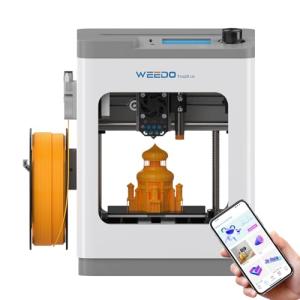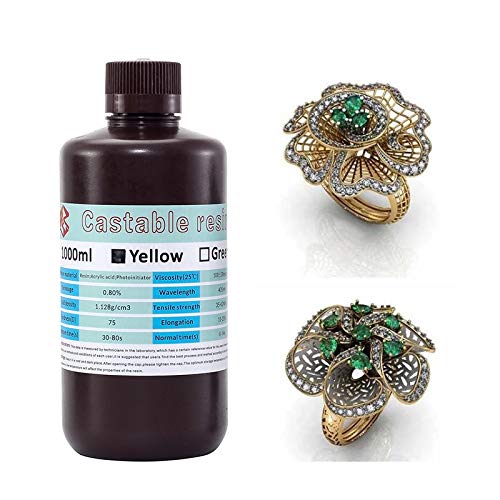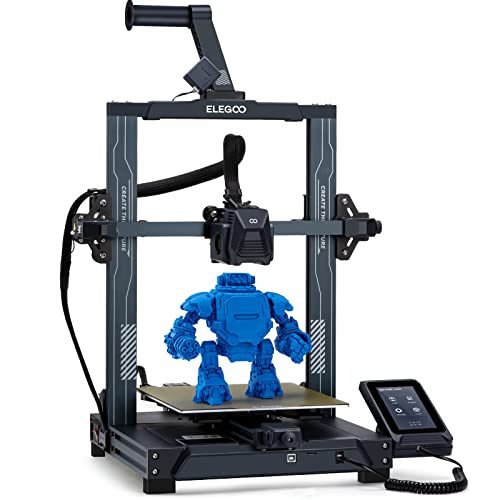3D printers are pretty cool machines that bring your ideas to life in a whole new way. They work by building objects layer by layer from materials like plastic, resin, or metal. Imagine having your own little factory where you can make toys, tools, or even art—it's all possible with a 3D printer!
If you're diving into the world of 3D printers for beginners, you need to know that these devices come in different shapes and sizes. Some are small and perfect for home use, while others are larger and designed for more serious projects. And don’t worry if you’re not tech-savvy. Nowadays, many printers are user-friendly and have simple setups that make it easy to get started.
One of the coolest things about 3D printing is the endless possibilities. You can design your own objects or download designs from online libraries. Whether you want to create customized gifts or prototypes for your latest invention, there’s a 3D printer out there that fits your needs and budget.
So, if you're a beginner looking to explore your creative side, investing in a 3D printer might just be the best decision you make. With a bit of practice and some fun projects, you'll be amazed at what you can create!
Choosing Your First 3D Printer
Starting your journey into the world of 3D printing is exciting, but it can feel a bit overwhelming with so many options. If you’re looking for 3D printers for beginners, the key is to choose one that matches your style and needs. You’ll want something user-friendly and versatile, so you can jump right into creating without too much fuss.
First, think about what you want to print. Are you interested in small models, toys, or maybe even practical household items? Different printers have different strengths, so knowing your goals will help narrow down your choices. For most beginners, a printer with a decent build size and good print quality is a must. Models like the Creality Ender 3 or Anycubic i3 Mega are great places to start.
Next, look for ease of use. Some printers come partially assembled, which can save you a lot of time and headaches. Others might require more setup but can be worth it if you’re feeling adventurous. Many beginner-friendly options also have excellent community support online, which is super helpful for troubleshooting and tips. Don’t overlook this aspect, as a helpful community can make your experience much smoother.
Don’t forget about budget, either. There are great options in various price ranges. For beginners, you can find reliable printers between $200 and $400 that offer solid performance. Keep an eye out for features like a heated bed and automatic bed leveling, as these can make things easier for new users.
Lastly, check out reviews and videos before making your final decision. Real experiences from other beginners can guide you in choosing the best 3D printer for your needs. The right printer will get you started on an amazing creative journey, so take your time and enjoy the process!
TINA2S WiFi 3D Printer for Kids & Beginners
The perfect 3D printer for young creators and newcomers looking to explore their imagination and bring ideas to life
Product information
€169.13 €160.66
Product Review Score
4.7 out of 5 stars
122 reviewsProduct links
Basic 3D Printing Techniques
Getting into 3D printing can feel a little overwhelming, but trust me, it’s a lot of fun once you get the hang of it! For those diving into the world of 3D Printers for Beginners, understanding some basic techniques can really set you up for success.
First off, let’s talk about slicing. This is where your 3D model gets translated into instructions for the printer. You pick your design, upload it to slicing software, and it breaks it down into layers. You can usually adjust things like layer height and print speed here. For most beginners, sticking to default settings works well, but feel free to experiment as you get comfortable!
Next up is bed leveling. A well-leveled print bed is crucial for a successful print. If your bed isn’t level, you’ll end up with prints that either don’t stick or are all wonky. Many printers have a built-in leveling function, but if you’re using a manual bed, just take your time to make sure everything is even before starting your print.
Lastly, don’t forget about materials. PLA is a great go-to for beginners since it’s easy to work with and sticks well to the print bed. Once you feel more adventurous, you can try out other materials like ABS or PETG. Each type has its own quirks, so make sure to read up on how to handle them.
With these basic techniques under your belt, you’re already ahead of the game. Just have fun, keep tinkering, and watch your creativity take shape with your 3D Printers for Beginners!
Castable Resin for LCD 3D Printers - 1000ml
Get smooth, detailed prints with this high-quality castable resin designed for LCD 3D printers
Product information
€95.53
Product Review Score
4.34 out of 5 stars
174 reviewsProduct links
Print Your First Project
So, you’ve got your shiny new printer and you're ready to dive into the world of 3D printing. Awesome! But where do you start? The first thing is to choose a simple project. You want something that won’t make your head spin but is still super satisfying to make. Think about keychains, coasters, or small figurines. These are perfect for beginners and allow you to familiarize yourself with your 3D printer.
Next up, you'll need some software to prepare your design. Programs like Tinkercad and Fusion 360 are fantastic for beginners. They’re user-friendly, and there are tons of tutorials online to get you started. Once you've got your design ready, it’s time to slice it. This means your software needs to convert your design into a format that your printer can understand. Slicing programs like Cura or PrusaSlicer help you do just that. Just a heads up—this step is crucial, so take your time to get it right!
Now, let’s talk materials. Most beginners start with PLA filament because it’s easy to work with and comes in a rainbow of colors. Load your filament into the printer and make sure it’s properly set up. Spend a few minutes checking things like bed adhesion. You want your print to stick well so it doesn't warp or lift during the process. Many beginners find that using a bit of glue stick or painter's tape can help with this.
Finally, hit that print button and watch the magic happen! Keep an eye on your printer for the first few minutes to ensure everything looks good. If you see issues like uneven layers or prints not sticking, don’t panic. Troubleshooting is part of the fun! Plus, learning to fix those little hiccups is what being knowledgeable about 3D printers for beginners is all about. Enjoy the process and remember, every print is a chance to learn something new!





